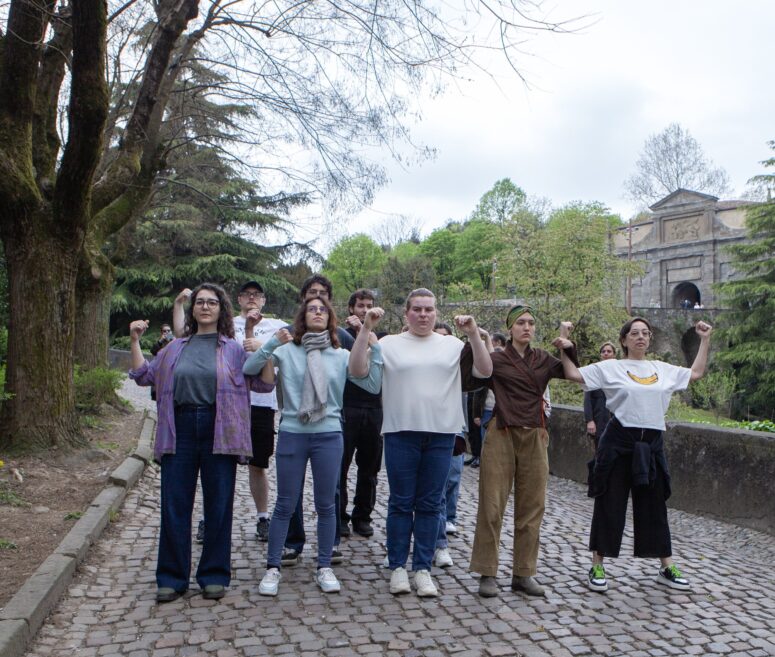Let us imagine a flat wall placed at a certain distance: its position determines the delay with which an echo reaches us; its surface affects the intensity of the sounds reflected, while the materials it is made of modulate the frequency. In this way, the wall becomes audible. But every environment is far more complex than a single wall: the human listening apparatus—whatever it may be—is naturally predisposed to perceive multiple nuances through an interplay of reflections, resonances, and ongoing adjustments to the surrounding space.
Our ears, our skin, our bones, the structure of our bodies, the way we move or stay still are all designed for the external world, where the complexity of forms, materials, voices, sounds, and surfaces offers a far richer range of stimuli than that of enclosed spaces. Outdoors, our senses are heightened, and in the endless exercise offered by difference and layering, we are always physically active participants in the ecosystems we inhabit. Yet most of the time, we limit our understanding of listening to notions of care, attention, or empathy—concepts that are evidently no longer sufficient to reestablish structures of equity and justice. We linger on the single wall and limit ourselves to our ears.





